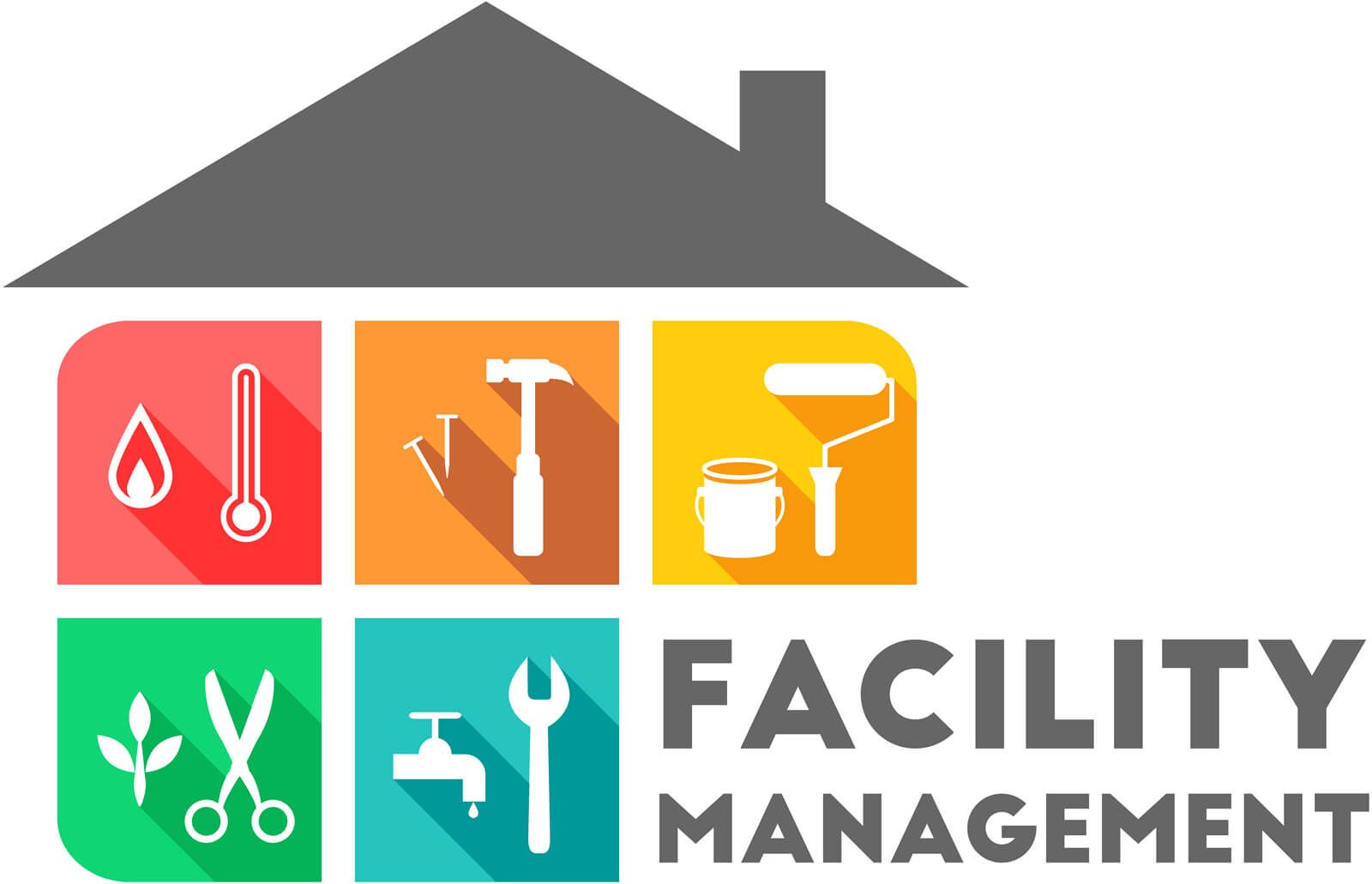Top Advantages of Total Facility Management for Streamlined Operations
Total Facility Management (TFM) stands for a critical approach to improving functional performance by incorporating various services, such as maintenance and safety, under a unified management framework. The question continues to be: what particular advantages can companies harness from embracing TFM, and how might these benefits transform their functional landscape?
Improved Functional Performance
Enhanced functional efficiency is a main benefit of implementing total facility management (TFM) approaches. TFM incorporates an extensive strategy to managing a facility's sources, procedures, and facilities, ultimately improving procedures. By consolidating various solutions-- such as upkeep, protection, cleaning, and room management-- TFM lessens redundancies and boosts coordination among various operational features.
The integration of innovation further enhances this performance. Advanced facility management systems provide real-time information analytics, allowing facility managers to make educated decisions that enhance process and source allocation. Predictive upkeep methods, for instance, expect devices failures before they occur, reducing downtime and extending asset lifespan.
Additionally, TFM advertises standard procedures across various departments, ensuring uniformity and top quality in solution shipment. This uniformity reduces functional disturbances and promotes a much more collaborative functioning setting. Consequently, workers can concentrate on their core duties, driving performance and improving overall efficiency.

Expense Reduction and Cost Savings
Applying total facility management (TFM) not only improves operational effectiveness but likewise significantly contributes to set you back decrease and cost savings. By settling various services under a solitary management structure, organizations can get rid of redundancies and simplify processes, therefore reducing operational expenses. TFM makes it possible for better procurement approaches, allowing companies to discuss bulk investing in agreements with providers and company, leading to lower costs.
Additionally, TFM stresses preventative maintenance, which minimizes unforeseen malfunctions and expands the life-span of critical tools. This aggressive approach not just reduces repair costs but likewise improves the dependability of facilitiess, guaranteeing continuous procedures. Furthermore, energy performance campaigns, usually a vital emphasis of TFM, bring about significant financial savings on energy expenses, as facilitiess are optimized for reduced power intake.
Improved Source Management
Effective source management is a foundation of total facility management (TFM), allowing organizations to optimize the usage of their properties and workforce. By implementing TFM techniques, companies can comprehensively analyze their resource allowance, making sure that every possession is made use of effectively and properly. This all natural technique enables the identification of underperforming sources and the potential for reallocation or enhancement.
On top of that, TFM promotes the combination of modern technology for real-time tracking of sources, which assists in forecasting upkeep requirements and avoiding costly downtime. By leveraging data analytics, companies can make informed choices concerning source deployment, ultimately boosting productivity and decreasing waste.
Additionally, TFM promotes a society of constant enhancement, urging teams to frequently assess and refine their source management techniques. Total Facility Management. This aggressive stance not just minimizes functional disturbances however also fosters technology, as workers are equipped to suggest renovations based on their firsthand experiences with source use
Streamlined Communication Networks
In total facility management, streamlined interaction channels play an important duty in fostering partnership and efficiency across teams. Efficient interaction makes sure that all stakeholders, including facility managers, upkeep staff, and solution companies, are lined up with functional requirements and look at this site organizational objectives. By developing clear lines of interaction, teams can promptly deal with issues, share updates, and carry out options, therefore decreasing downtime and improving productivity.
With centralized communication systems, information is quickly available, permitting real-time updates on maintenance demands, source appropriation, and job timelines. This transparency not just lowers misconceptions however additionally empowers workers to make enlightened choices swiftly. In addition, streamlined interaction assists in better coordination during emergencies, making sure that all workers are notified and can react without delay.

Raised Concentrate On Core Activities
An essential benefit of total see this facility management is the increased concentrate on core activities, enabling organizations to focus on their primary organization goals - Total Facility Management. By contracting out non-core features such as upkeep, cleaning, and protection, companies can redirect their sources and energy in the direction of calculated initiatives that directly contribute to their competitive benefit and growth
Total facility management integrates numerous functional jobs under a solitary umbrella, promoting performance and lessening redundancy. This debt consolidation not just streamlines procedures yet additionally enhances responsibility, making sure that every facet of the facility runs sympathetically without diverting focus from what truly matters-- core service functions.
Furthermore, this technique enables workers to commit their time and initiatives to jobs that drive innovation and boost customer contentment, rather than getting stalled by functional difficulties. With a reliable facility management companion managing day-to-day operations, companies can accomplish better dexterity, react quickly to market adjustments, and preserve a sharper concentrate on their goal.
Inevitably, boosted concentrate on core activities causes improved overall performance, permitting companies to enhance their market placement and satisfy their strategic objectives better. - Total Facility Management
Conclusion
In final thought, Total Facility Management dramatically improves functional performance by settling vital services and leveraging information analytics for informed decision-making. Price reductions and boosted source management add to general cost savings, while streamlined interaction channels foster collaboration amongst stakeholders.
Total Facility Management (TFM) stands for a tactical method to enhancing operational effectiveness by incorporating various services, such as Continue maintenance and safety, under a unified management structure.Enhanced functional efficiency is a main advantage of applying total facility management (TFM) strategies. Advanced facility management systems provide real-time data analytics, allowing facility managers to make informed decisions that improve process and source appropriation.Carrying out total facility management (TFM) not just boosts operational performance however also significantly contributes to set you back reduction and savings.Reliable source management is a cornerstone of total facility management (TFM), allowing organizations to optimize the usage of their assets and workforce.
 Neve Campbell Then & Now!
Neve Campbell Then & Now! Destiny’s Child Then & Now!
Destiny’s Child Then & Now! Earvin Johnson III Then & Now!
Earvin Johnson III Then & Now! Phoebe Cates Then & Now!
Phoebe Cates Then & Now! Catherine Bach Then & Now!
Catherine Bach Then & Now!